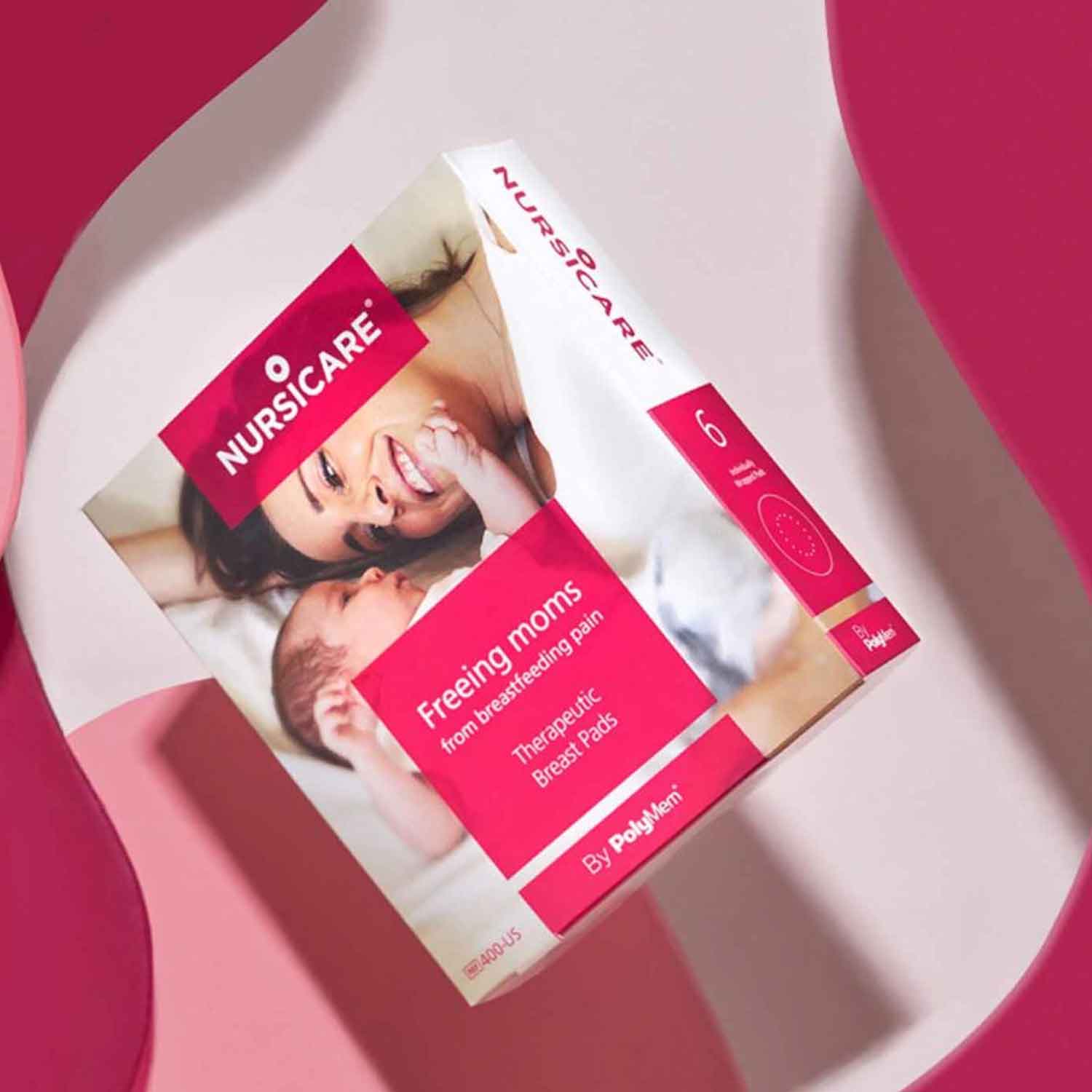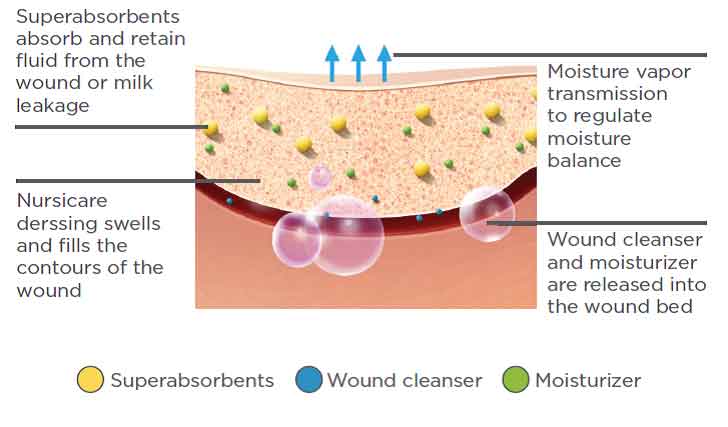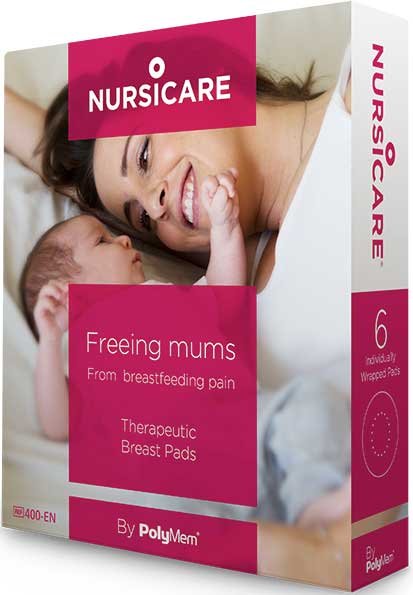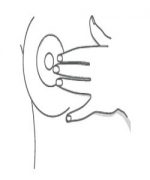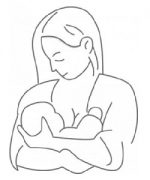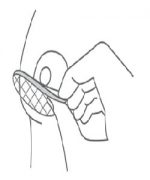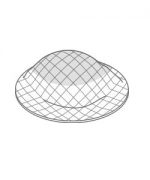Are you suffering from sore or cracked nipples?
Nursicare Therapeutic Breast pads can help.
When Nursicare Therapeutic Breast Pads are placed on the sore nipple, the pad’s ingredients work to reduce inflammation, pain and support the healing process. Little erosions caused by a suckling infant can lead to severe nipple and areolar pain. 1.
Each order is for 2 boxes of 6 Nursicare pads (12 pads in total).


